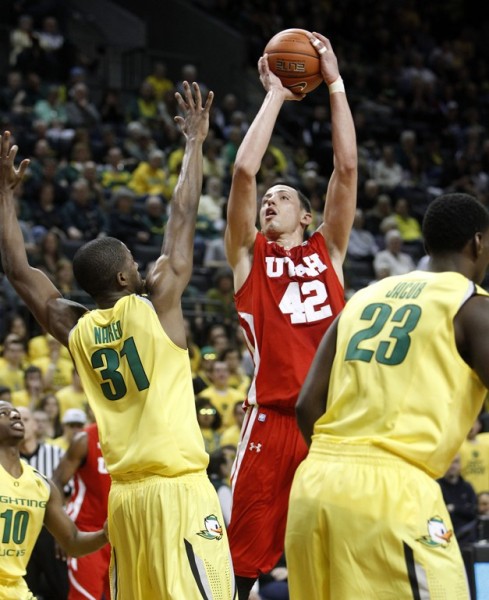Posted by EJacoby on April 17th, 2012
Evan Jacoby is a regular contributor for RTC. You can find him @evanjacoby on Twitter.
Florida International has never made any meaningful noise on the basketball court (one NCAA Tournament appearance in school history), yet the Golden Panthers continue to create plenty of buzz off of it. Over the weekend it was announced that Richard Pitino, the 29-year-old son of famed Louisville coach Rick Pitino, would be taking over as head coach at FIU. Richard Pitino was a Louisville assistant and replaces the recently fired Isiah Thomas, who of course is one of the NBA’s all-time great players as well as a former head coach and executive at the highest level in the NBA. Thomas’ buzzworthy hire did not equate to any success in three years with the program (26-65 record) so FIU will now give it a second shot with another big name. Pitino immediately becomes one of the youngest head coaches in Division I, taking up after his legendary father who got his start at Boston University at just 26 years old. Richard is just one of many Pitino assistants that have moved on to become head coaches, as we take a look at how widespread and successful the Rick Pitino coaching tree has become over the years.

Richard Pitino (Left) Looks to Continue Blossoming His Father's Enormous Coaching Tree (USA Today)
We start all the way back in 1985 with Pitino’s head coaching gig at Providence, the first of three schools he would eventually take to a Final Four. The 1987 Friars that advanced to the Final Four included three young assistants by the names of Stu Jackson, Jeff Van Gundy, and Herb Sendek. Jackson went on to become a head coach at Wisconsin and later for the New York Knicks, and he is now the Vice President of Basketball Operations for the NBA, one of the highest executive positions in the sport. Van Gundy, of course, also went on to become an NBA guy, coaching both the New York Knicks and Houston Rockets. Sendek, meanwhile, has become a longtime college coach with NC State and Arizona State, where he remains today. Sendek himself has helped groom some tremendous head coaches like Thad Matta, John Groce, Chris Mack, and Sean Miller. In addition to all of the coaches that sprung from the Providence years, Pitino also coached Billy Donovan, the starting point guard for the Friars at the time. Donovan has since gone on to win two National Championships for Florida with assistants-turned-coaches Anthony Grant and Shaka Smart, among others. Pitino’s three years at Providence produced an extensive history of coaching talent, and we are just getting started.
Read the rest of this entry »
| coaching carousel, rtc analysis
| Tagged: billy donovan, coaching tree, fiu, florida international, herb sendek, isiah thomas, jeff van gundy, jim calhoun, jim o'brien, kentucky, louisville, mick cronin, mike krzyzewski, providence, ralph willard, reggie theus, richard pitino, rick pitino, sean woods, stu jackson, tom izzo, travis ford, tubby smith
Share this story

















































